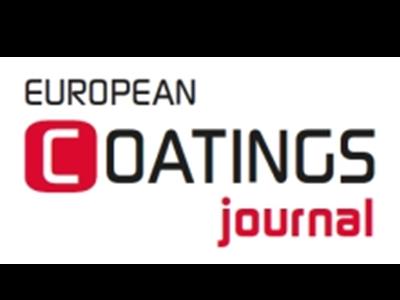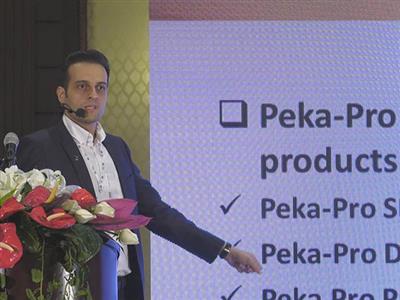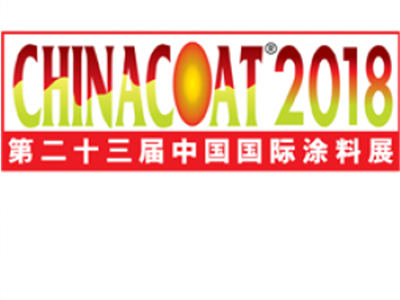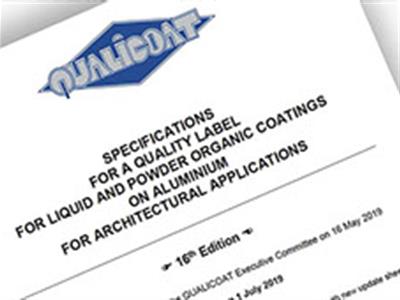January 2019
Pigments and Fillers : Expert Voices
Q: Is there potential for fillers to help reduce the dependency on titanium dioxide for coatings manufacturers?
“Of course!” exclaimed the Head of Innovation & Technical Marketing Construction in Omya. “Mineral fillers do support the efficiency of titanium dioxide. Decisive are just a few key parameters such as particle size and distribution, absorption characteristics and specific surface area. Historically people selected by mineral type which had been locally available. But nowadays even functional mineral fillers travel long distances.
In principle the absorption characteristics which quite often correlate with the specific surface area, define the range of the pigment volume concentration (PVC) where the mineral filler is preferably used. This is valid for the effect of dry hiding, where mineral fillers contribute to the opacity when the PVC is located above the critical PVC (CPVC). Insufficient binder in the coating film leaves pores after the drying process, which are filled with air. As the difference of refractive index is higher between air and mineral fillers, the opacity between air and mineral fillers, the opacity above the CPVC is increased. Below the CPVC, the porosity of coating films tends to zero and thus the difference of the refractive index between the polymer and the mineral filler is very small. The higher the absorption character of fillers, e.g. determined by linseed oil, the lower is the CPVC. This primary effect is mostly driven by the mineral type and influenced secondarily by the particle size respectively the particle size distribution. The finer the filler of the same mineral composition, the higher the oil absorption. Thus, the finer filler contributes at lower PVC to the opacity compared with a coarser filler. The more opacity contribution is provided by the filler. The more opacity contribution is provided by the filler, the more dependency on titanium dioxide is reduced. But almost all mineral fillers do not contribute much to the wet opacity because the difference of the refractive index between water and mineral fillers is relatively small. This is the only reason why titanium dioxide is needed in coatings systems above the CPVC – it indicates the user where he has already painted and where not. Even more evident is the need of titanium dioxide in coating systems with low PVC levels (PVC<<CPVC).
Independent of dry and wet hiding, fine particles with particle sizes close to titanium dioxide do support the opacity performance. When these ultrafine mineral fillers are dispersed in the presence of titanium dioxide, they help to avoid optical inefficient agglomerates of titanium dioxide. By this up to 20% of the titanium dioxide can often be substituted without loss of optical properties. The ultrafine mineral filler particles do not have a negative impact on the gloss and haze of high-gloss coatings with PVC levels below 20%.
Exactly all these before described effects are content of the recent launched “Chameleo-Boost” technology. The portfolio of ultrafine ground, precipitated and modified calcium carbonates (UFGCC, PCC and MCC) cover a range of absorption characteristics, which are normally only achieved by different minerals.”
Q: What technical developments do you expect for the fillers market in the next years?
The demand of mineral fillers with more functionalities continues to increase. There are many reasons for this. The trend towards sustainability- costs and its volatility, availability and regulatory considerations, whereas regulatory covers environmental, safety, health and sustainability. All stake-holders seek harmless and safe raw materials with high functionalities. Mineral filler developments will include an even better optical efficiency, better workability during manufacturing and application of coatings, improved sustainability by better life cycle performance and more functionalities by offering higher activity roles, e.g. carrier functions, mechanics, etc. I personally believe that we will see more innovations in the next 20 years than we have seen over the last 100 years.










